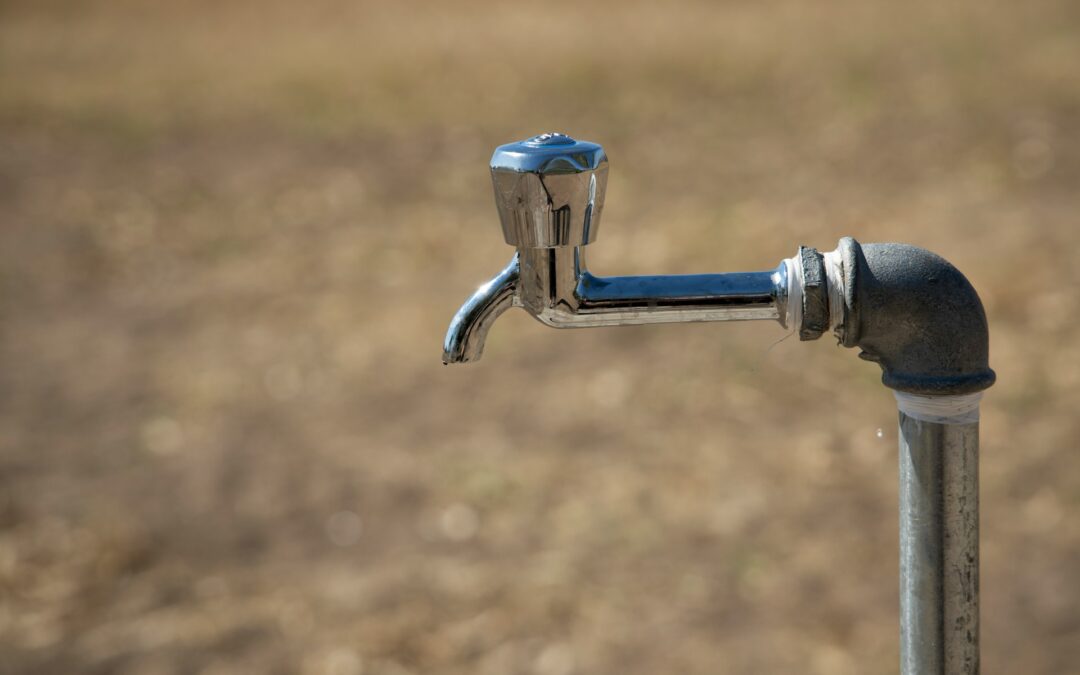Frost-free hose bibs are essential for living in regions where temperatures drop below freezing. These remarkable outdoor faucets are designed to prevent water from freezing inside the pipe, which can lead to burst pipes and costly water damage. Unlike standard hose bibs, frost-free models extend the water flow valve inside your home, where it is warmer, keeping the water from freezing.
This article will delve into the mechanics of frost-free hose bibs, explain how they offer protection, and guide you in choosing the right one for your needs. By the end, you’ll have all the information you need to safeguard your home’s plumbing against the cold.
How Frost-Free Hose Bibs Work
Frost-free hose bibs are designed to prevent water from freezing inside the pipe, which can cause serious plumbing issues. The main difference between frost-free and standard hose bibs is the location of the water shut-off valve. In a frost-free model, the valve is situated farther back inside the house, where it is warmer, rather than at the exterior wall.
Explanation of the Mechanics:
When you turn off a frost-free hose bib, water stops flowing closer to the inside of the house, reducing the risk of freezing. The outdoor pipe portion is installed at a slight downward angle, allowing any remaining water to drain out completely, thus preventing it from freezing. This is different from standard hose bibs, where water can remain trapped and subject to freezing in cold weather.
Benefits of the Design Compared to Standard Hose Bibs:
1. Reduced Risk of Pipe Bursts: Because frost-free hose bibs allow water to drain out completely, there’s less chance of water freezing and expanding inside the pipe, which can lead to bursting.
2. Convenience: You don’t need to remember to turn off the water supply or disconnect hoses during the winter months, making it hassle-free.
3. Longevity: The inner parts of frost-free hose bibs are protected from the elements, making them more durable over time than standard models.
The efficient design of frost-free hose bibs ensures they function well in cold climates and provide peace of mind during winter.
Protecting Your Home with Frost-Free Hose Bibs
Frost-free hose bibs are crucial in protecting your home’s plumbing system, especially in areas that experience cold winters. Here’s how they safeguard against common winter plumbing issues and offer cost savings.
How Frost-Free Hose Bibs Prevent Pipe Bursts During Cold Weather:
1. Draining System: As mentioned earlier, the built-in draining mechanism ensures no water is left sitting in the exposed part of the pipe where it could freeze. This feature significantly reduces the risk of frozen pipes bursting, which can cause extensive damage.
2. Indoor Shut-Off Valve: By locating the shut-off valve inside the house, frost-free hose bibs use your home’s warmth to keep the valve and connected pipe from freezing. This simple yet effective design element adds an extra layer of protection.
Cost Savings from Avoiding Winter Plumbing Issues:
1. Preventing Water Damage: Burst pipes can cause a lot of damage to your home, leading to expensive repairs for walls, flooring, and furniture. By preventing burst pipes, frost-free hose bibs save you from these potential costs.
2. Lower Maintenance Costs: Standard hose bibs often need frequent replacement or repairs, especially if they suffer freeze-related damage. Investing in frost-free models can reduce these ongoing maintenance costs.
3. Avoiding Emergency Plumbing Bills: Emergency plumbing services can be very costly, especially during winter when demand is high. Using frost-free hose bibs helps you avoid the need for emergency repairs.
Using frost-free hose bibs provides substantial protection for your home and significant cost savings by avoiding the problems associated with frozen pipes. This investment is worthwhile for anyone living in a region with cold winters.
Choosing the Right Frost-Free Hose Bib for Your Home
Selecting the perfect frost-free hose bib for your home involves several key considerations. Here are the main features to look for and some top recommendations based on different climates and needs:
Key Features to Consider:
– Length: Choose the right length based on the wall thickness of your home. Frost-free hose bibs come in various lengths, typically 4 to 18 inches. Make sure to measure your wall thickness accurately.
– Material: High-quality materials like brass or stainless steel offer better durability and longevity. Avoid cheap plastic models, which are prone to cracking and breaking.
– Anti-Siphon Protection: This feature helps prevent water from siphoning back into the household supply, keeping your drinking water safe from contamination.
Top Recommendations for Different Climates and Needs:
– Mild Climates: If you live in an area with mild winters, a standard frost-free hose bib should suffice. Choose a model from a reputable brand for reliability.
– Harsh Winters: For regions with severe winters, consider a heavy-duty frost-free hose bib with enhanced insulation and a more extended reach. Models with built-in backflow prevention are also recommended.
– Special Requirements: If you need additional safety features, such as anti-siphon protection, look for models that include these features.
Installation and Maintenance Tips for Frost-Free Hose Bibs
Proper installation and regular maintenance are crucial to getting the most out of your frost-free hose bib. Here’s a step-by-step guide for installation and some maintenance tips to keep it in top shape.
Step-by-Step Guide for Installing Frost-Free Hose Bibs:
1. Gather Tools and Materials: You will need a frost-free hose bib, pipe wrenches, Teflon tape, and pipe sealant.
2. Turn Off the Water Supply: Shut off the main water supply to prevent leaks and damage.
3. Remove the Old Hose Bib: Use a wrench to unscrew and remove the old hose bib.
4. Apply Teflon Tape and Sealant: Wrap Teflon tape around the threads of the new hose bib and apply a coat of pipe sealant.
5. Install the New Hose Bib: Screw the new frost-free hose bib into place and tighten it securely.
6. Turn the Water Back On: Slowly turn the water supply back on and check for leaks around the hose bib.
Simple Maintenance Tips to Ensure Long-Term Functionality:
– Regularly Check for Leaks: Inspect the hose bib and connections periodically to catch any small leaks before they become big problems.
– Winter Preparation: As a precaution, disconnect the hose before winter sets in to allow the hose bib to drain properly.
– Clean the Hose Bib: Occasionally clean the exterior and check for any dirt or debris that might clog the mechanism.
Conclusion
Frost-free hose bibs are indispensable for protecting your home’s plumbing during winter. They offer significant benefits over standard hose bibs, such as preventing pipe bursts and reducing winter plumbing issues. Choosing the proper frost-free hose bib involves considering key features like length, material, and additional safety options. Proper installation and regular maintenance will ensure your frost-free hose bib remains reliable and functional.
If you’re looking to install a frost-free hose bib or need help maintaining your existing one, Pipes Plumbing has you covered. Our team of experts can provide high-quality plumbing services in Ottawa tailored to your home’s needs. Contact Pipes Plumbing today for all your plumbing needs and enjoy peace of mind throughout winter.

